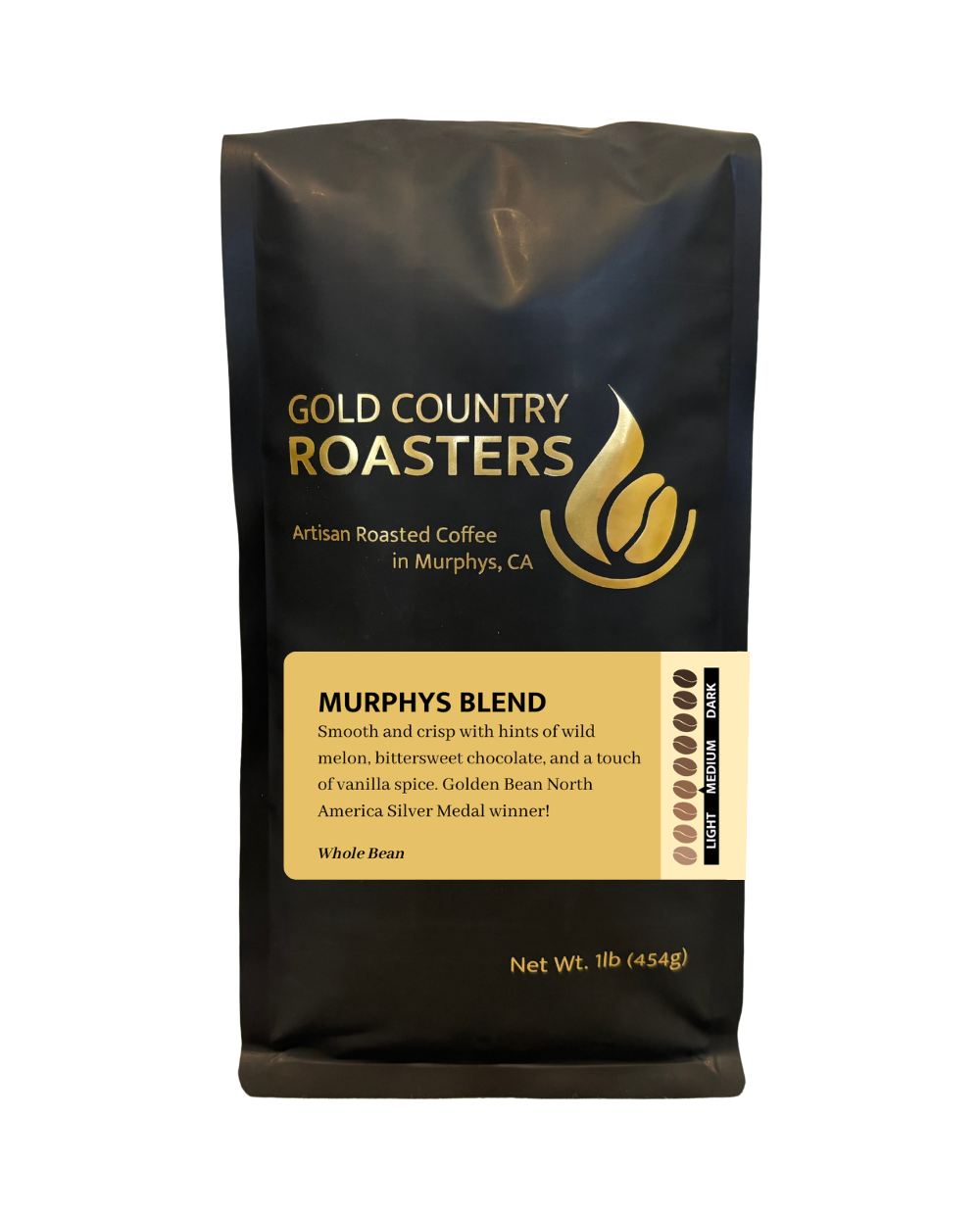1
/
of
2
Murphys Blend
Murphys Blend
From the mountainous Western Highlands of Papua New Guinea, our signature award-winning Murphys Blend combines different roasts of the same bean resulting in a very flavorful and smooth bodied coffee with fruity undertones, a hint of vanilla spice and bright acidity.
Winner of a Silver Medal in the 2015 Compak Golden Bean North America Roasters Competition!

Regular price
$18.25 USD
Regular price
Sale price
$18.25 USD
Unit price
/
per
Shipping calculated at checkout.
Couldn't load pickup availability
Share






